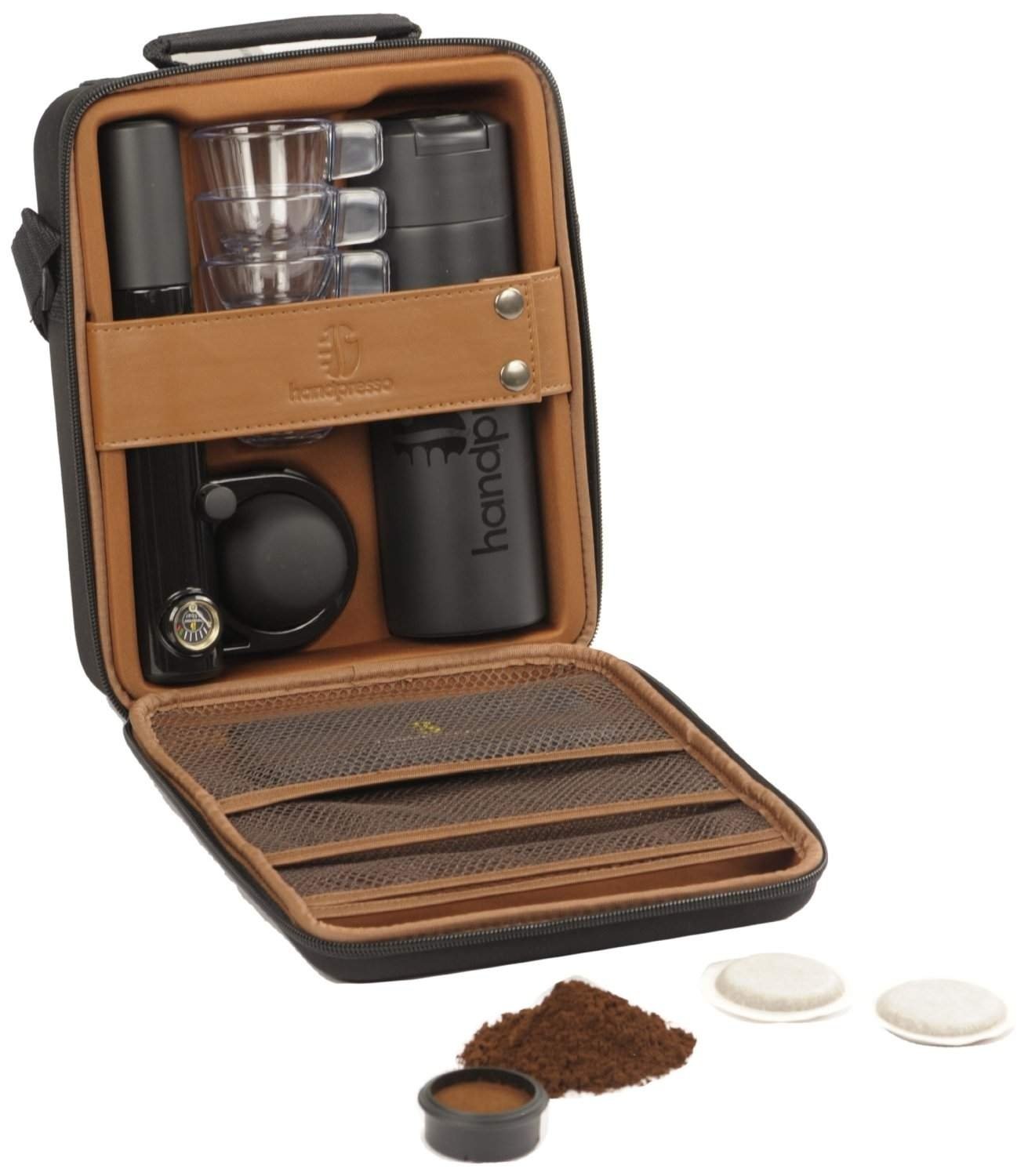They are believed to be native to Africa, specifically the country of Niger, and most likely came over during the era of American slave trading. Based in the American Southwest, Bridget Kelly has been writing about gardening and real estate since 2005. She holds a Bachelor of Arts in English with a concentration in creative writing.
Sow new seeds about two weeks later in raised, staked rows. Continue planting successively every two weeks, if desired. After you harvest the first rows of peas, remove the plants so that you may replant the rows with new seeds. For gardeners in most parts of the United States, the best time to plant vegetables is in the spring, when the soil is warm and the days are getting longer.
Watering Purple Hull Peas
The plants will grow to a height of about 2 feet and will produce peas that are about 1 inch in diameter. The peas can be harvested when they are green or allowed to mature and turn yellow. They can be stored in the refrigerator for up to two days.

Along with stakes, other possible support structures include chain-link or lattice fencing, bamboo tepees, trellises and wire cages. Boxes are a great way to garden, whether you have a small patio or a large yard. They are easy to use and can be customized to fit your needs. These plants are all common in deer habitats and they usually will avoid eating them. Boxwood, barberry, and holly have sharp thorns that can deter deer from eating them. Yarrow and lavender have strong scents that deer do not like.
Recent Articles
If the soil is poor, it is best to wait until after the last frost to plant vegetables, so that the soil can be amended with compost or other organic matter. The time to plant vegetables also depends on the type of vegetable. Root vegetables, such as carrots, beets, and potatoes, can be planted early in the spring, before the last frost. Leafy vegetables, such as lettuce and spinach, can be planted later, after the last frost. The third consideration is the type of plants you want to grow.

Planting purple hull peas is akin to planting black-eyed peas since these two legumes are kissin' cousins. Members of the southern pea family , purple hulls also thrive in other parts of the United States, especially those with long periods of heat. Unlike common peas, which thrive in cold weather, southern peas resemble beans in their love for warm weather. The purple hull pea is a type of cowpea , also called southern pea. Native to India, purple hull peas are shade- and drought-tolerant and thrive in warm weather.
What are PurpleHull Peas?
However, gardeners in warmer climates can plant vegetables year-round. Purple hull peas are a great choice for a home vegetable garden because they are easy to grow, produce a high yield, and are a delicious fresh or shelled. Here’s a link to some time-lapse photography of purple hull peas sprouting. Plus, the festival is often asked for advice on growing peas. So we decided to gather a little pea-growing information and pass it along. If you’re looking for seed, go to the purple hull pea seed page.

Coronet is a very early variety with a harvest at only 58 days. Another semi-vining variety, California Pink Eye, matures in about 60 days and has no disease resistance. Set stakes 4 inches apart into the raised rows or install a trellis or wire netting to support the growth of the vines. Growing on a support also keeps the purple hull peas off the ground where mud will soil them. Sow your first purple hull peas in April or May -- whenever air temperatures are reliably above 70 degrees Fahrenheit and soil temperatures are above 60 degrees. Purple hulls are bush-type legumes that appreciate a support structure such as stakes or tepee trellises.
Flower Garden
Purple hull peas are a cool weather crop and will grow best when the temperature is between 60 and 80 degrees F. They require a moderate amount of water and can be planted in either full sun or partial shade. Purple hull peas are bushy with twining tendencies but are not actually pole legumes. In practice, this means that they benefit from some support but don't climb to the heights of pole beans. If you’re looking to get into vegetable gardening, or are just looking for some tips on how to make your current garden better, then you’ve come to the right place! In this blog, I’m going to share with you some of my best tips on how to create a successful vegetable garden.
The Charleston Greenpack is one such variety that forms a compact self-supporting bush with pods developing on the top of the foliage, making for easy picking. Both are resistant to mosaic virus and mature between 65 and 70 days. The Texas Pink Eye Purple Hull is yet another bush variety with some disease resistance that is harvestable in 55 days. Vining – Vining purple hull peas need trellises or supports. Pink Eye is an early vining purple hull variety that is resistant to all three types of Fusarium diseases. Semi-vining – Semi-vining purple hull peas grow vines that are closer together than the vining varieties, requiring less space.
You may also want to consider how much space you have and what types of vegetables you would like to grow. If you already have raised beds in your garden, consider devoting one or two of them to purple hulls. In general, it is best to plant vegetables as soon as possible, before the weather turns hot and the vegetables start to produce flowers and fruit.
Water purple hull peas with compost tea or another low-nitrogen liquid fertilizer halfway through their growing season. Because peas "fix" nitrogen into the soil, too much extra nitrogen cause an imbalance, preventing peas from forming. Most of the purple hull pea varieties produce pink-eyed beans, hence, some of the names.


















